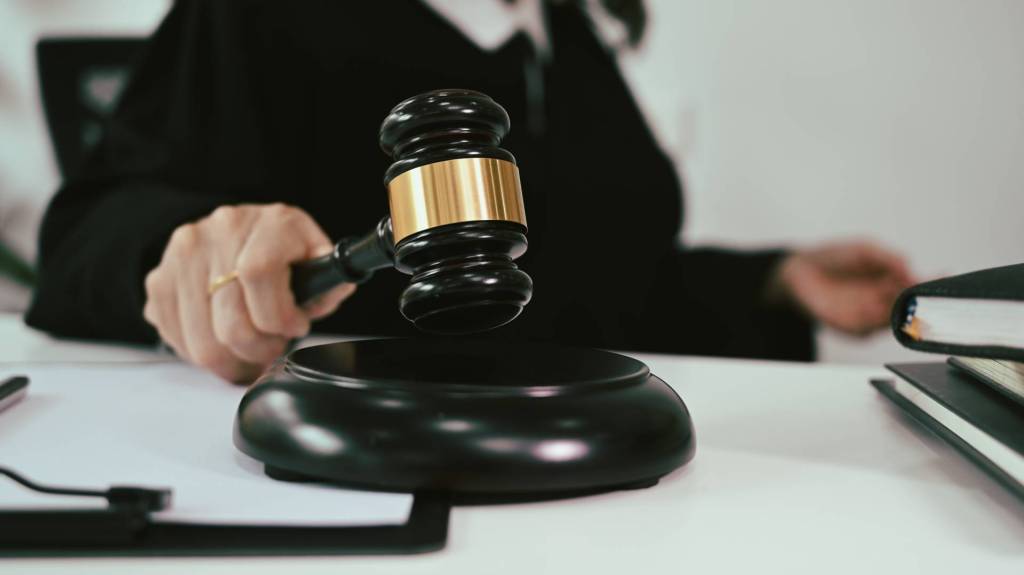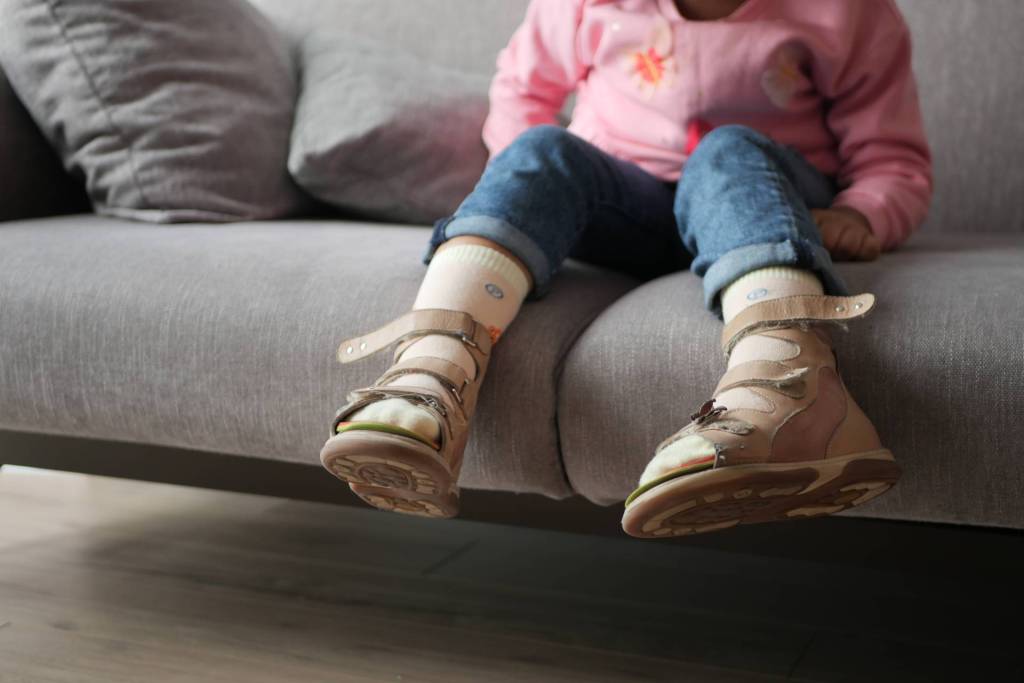Medical Malpractice FAQ – What’s my Halifax Nova Scotia personal injury claim worth?
If you have been hurt in a car accident, it’s time to start thinking about what your personal injury claim may be worth. When you have suffered from an injury sustained because of the negligence of another person, you are entitled to compensation based on a number of factors. To establish how your Halifax, Nova Scotia, personal injury claim should be compensated, the courts try to determine what money is necessary to put the injured person in the same financial circumstance they would have been in if the accident never happened.
While money doesn’t replace the pain and losses suffered from an injury, the courts do consider what is fair and reasonable to compensate individuals for their loss of future income.
Categories of Losses for Which the Courts Will Compensate Victims
The courts will provide compensation to victims for several categories of losses.
Nonpecuniary damages
The first type of loss is called a nonpecuniary loss. This type of loss is one that does not create a direct out of pocket loss of money or income but one that still has compensatory value. A good example of a nonpecuniary loss can be pain that you dealt with because of the injury and the suffering you endured. If you lost a loved one because of an accident, and you lost companionship, this is another example of a nonpecuniary loss.
Nonpecuniary damages are sometimes referred to as “general damages”. Nonpecuniary or general damages can be difficult to calculate, because there isn’t a specific dollar amount set for the loss of enjoyment of life or loss of a limb.
Limits Established for Nonpecuniary Losses
In 1978, the supreme Court of Canada decided three cases that established the maximum compensation for pain and suffering that an injured person in Canada was entitled to receive. The maximum was set at $100,000 in 1978, but this amount has increased with the rate of inflation and now sits at close to $350,000. This cap does not have an effect on the amount that can be awarded for pecuniary losses; it is simply a limit for money awarded specifically for pain and suffering.
In certain types of cases, the government may have created an even lower limit or cap on the nonpecuniary damages you can receive for certain injurues. For example, in Nova Scotia if you suffer an injury in a car accident the Motor Vehicle Act sets a limit of $7,500.00 in compensation (plus inflation) if you have suffered a “minor injury” as defined in the legislation. But if you slip and fall and suffer the exact same kind of injury there is no limit on the amount of nonpecuniary compensation you may receive.
Pecuniary Losses
When you meet with your personal injury lawyer, your lawyer will also talk to you about your pecuniary losses. These are losses that result in a direct loss of money or income. An example of a pecuniary loss filed with an insurance company would be a claim for medical costs incurred because of an accident. Pecuniary loss also includes the loss of past, present or future income, and this is calculated as part of a personal injury claim.
Special Damages
Your personal injury claim will also include special damages. These are the costs associated with preparing for trial, getting medical reports, and more. Special damages may include legal fees incurred because you needed a personal injury lawyer to fight your claim. Special damages are easier to calculate, as they are specific to the financial loss you incurred due to the accident. Special damages are compensated by a direct calculation of all of your financial expenditures for preparing for trial and dealing with your medical injuries.
Punitive Damages Are Also Considered
You might also be awarded punitive damages with the help of your personal injury lawyer. This is where many victims receive their highest award amounts. Punitive damages are designed to punish the party at fault, and these awards can be significant. Punitive damages are meant to make a financial impact on the defendant so that the defendant doesn’t engage in the same negligent behavior in the future.











